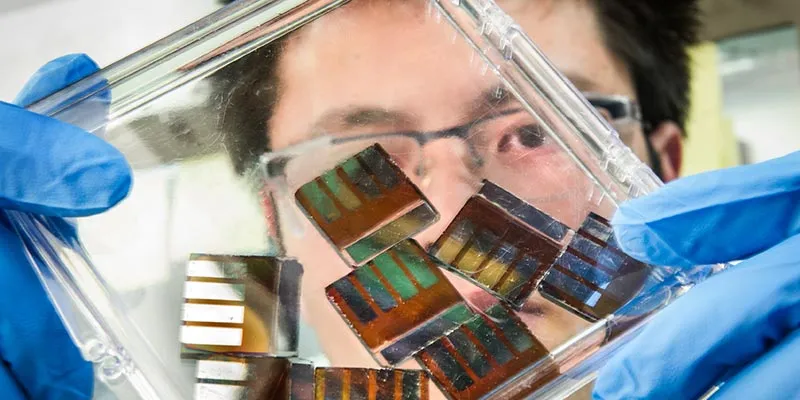US and Chinese researchers boost perovskite solar cell performance
Researchers at the US National Renewable Energy Laboratory (NREL) and Shanghai Jiao Tong University (SJTU) have developed a method to boost and stabilise the performance of next-generation perovskite solar cells.
